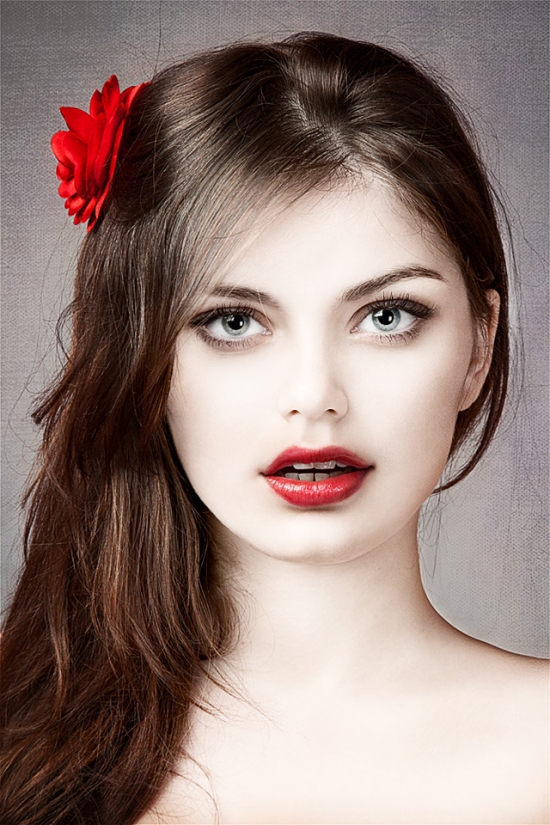
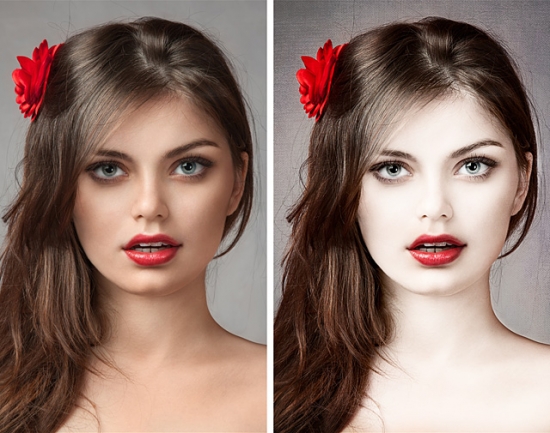
1. To begin open the photo you want to work with in Photoshop. We are going to add an adjustment layer. On the bottom of your layers pallet click the Adjustment Layer icon. From the options flyout choose Solid Color.
1a. 

1b. 

Set your solid color layer to pure white. Once the color picker dialog box opens slide the color picker over to white or set the color value in the dialog box.
1c. 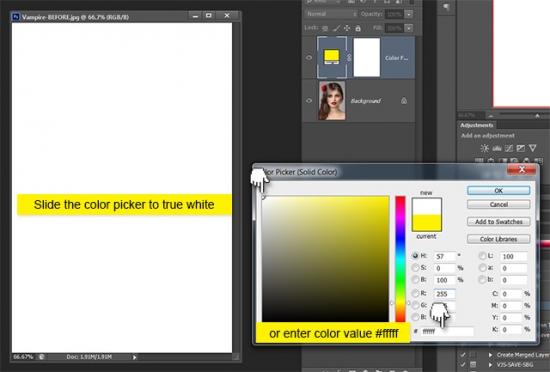

Once you click OK you will see that your adjustment mask has been added.
1.d 

2.Now we are going to set our layer properties. On your layers palette set your Color Fill layer's Blend Mode to Soft Light. You should have something like this.
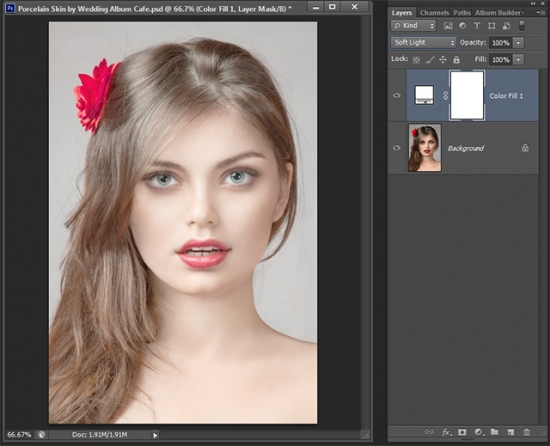
2b. Next double click on your Color Fill layer to open the Layer Style Dialog Box. Head down to the Blend If dialog area.
Note the current settings:

Holding down the ALT key click on the Right side of the marker for the Underlying layer marker. Now begin to drag the split marker all the way over to right. Value should read 0/255. Click OK
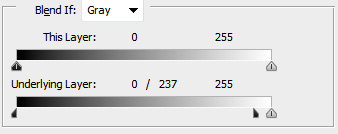
Notice the icon for the Color Fill layer has changed. This indicates advanced blending properties.
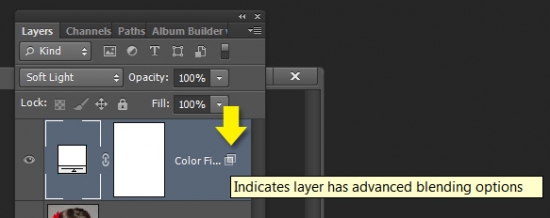
You should now have something that looks like this.
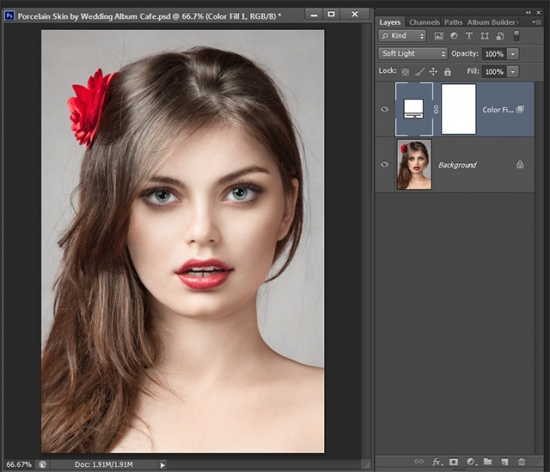
With your Color Fill layer activated Ctrl + J to Duplicate your Color Fill Layer. Do this 3 to 5 times depending on the photo you chose and the amount of effect you want to apply. For this photo I will duplicate my layer 3 times. Once you've completed duplicating your layers select ALL Color Fill Layers. With your Color Fill Layers selected use keyboard command Ctrl + G to group all layers.
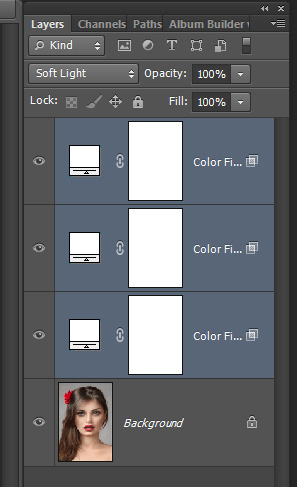
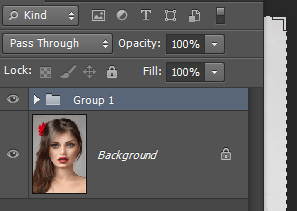
With your Group selected go down to the bottom of the layers palette and click the third icon from the left to add a layer mask. With the thumbnail icon selected Ctrl + I to invert your mask. This will make your image appear to have returned to it's original state.
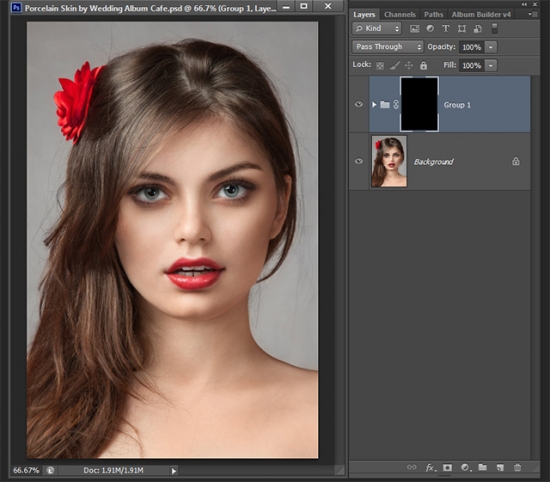
3. Now for the fun part! It's time to add our porcelain skin. Grab your brush tool. Select a size that works well with the image you are working on. You want your brush as large as possible to paint the larger portions of skin and scale your brush down to size to continue painting the more intricate areas. Your foreground color should be white and the brush hardness should be set to 0.
You should begin with something like this
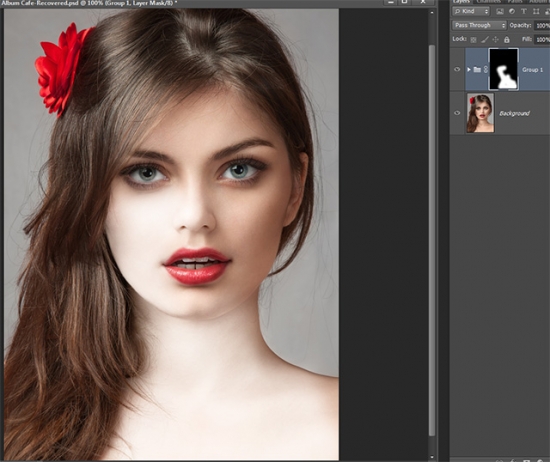
Continue paint until all skin areas are covered.
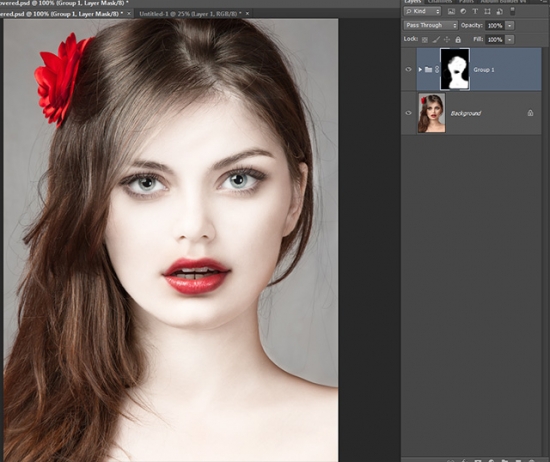
Make a few tweaks if you desire. Adjust layer opacity, add a curves layer or a levels layer. Whatever you feel may enhance your overall results. Here is my end result. I've added one of my Depth And Warmth Photographer Textures to the background as well as a curves adjustment.
Hope you can learn something new from this tutorial.
I feel really glad if you give me feedback through comment below. Soon i am going to show more interesting & innovative tutorials so please keep visit our blog. That’s for now.
Have fun!
For clipping path service, image masking service or design support please contact ClippingDesign.com.
Thank you… 
Credit: webdesign.org
No comments:
Post a Comment